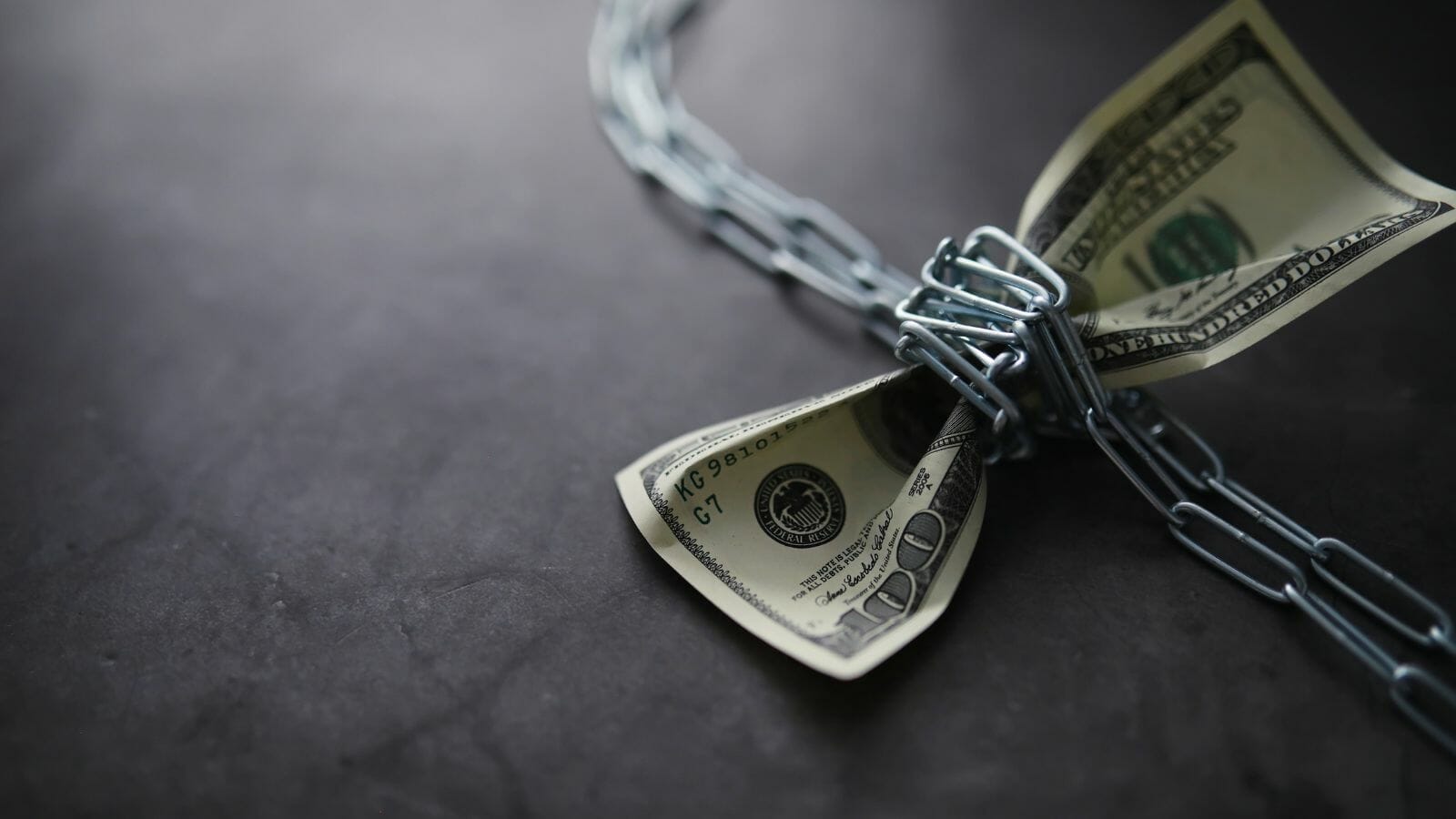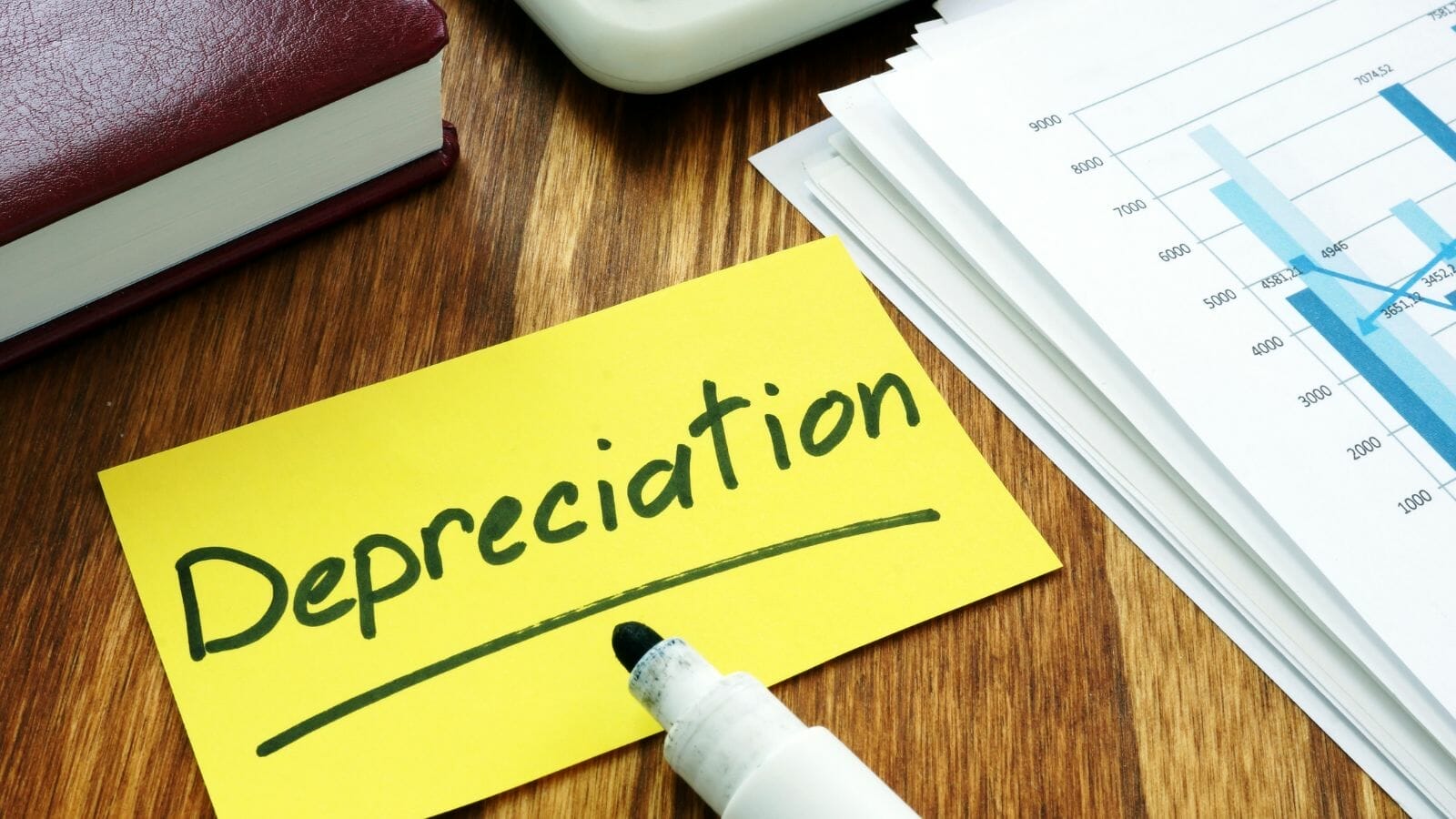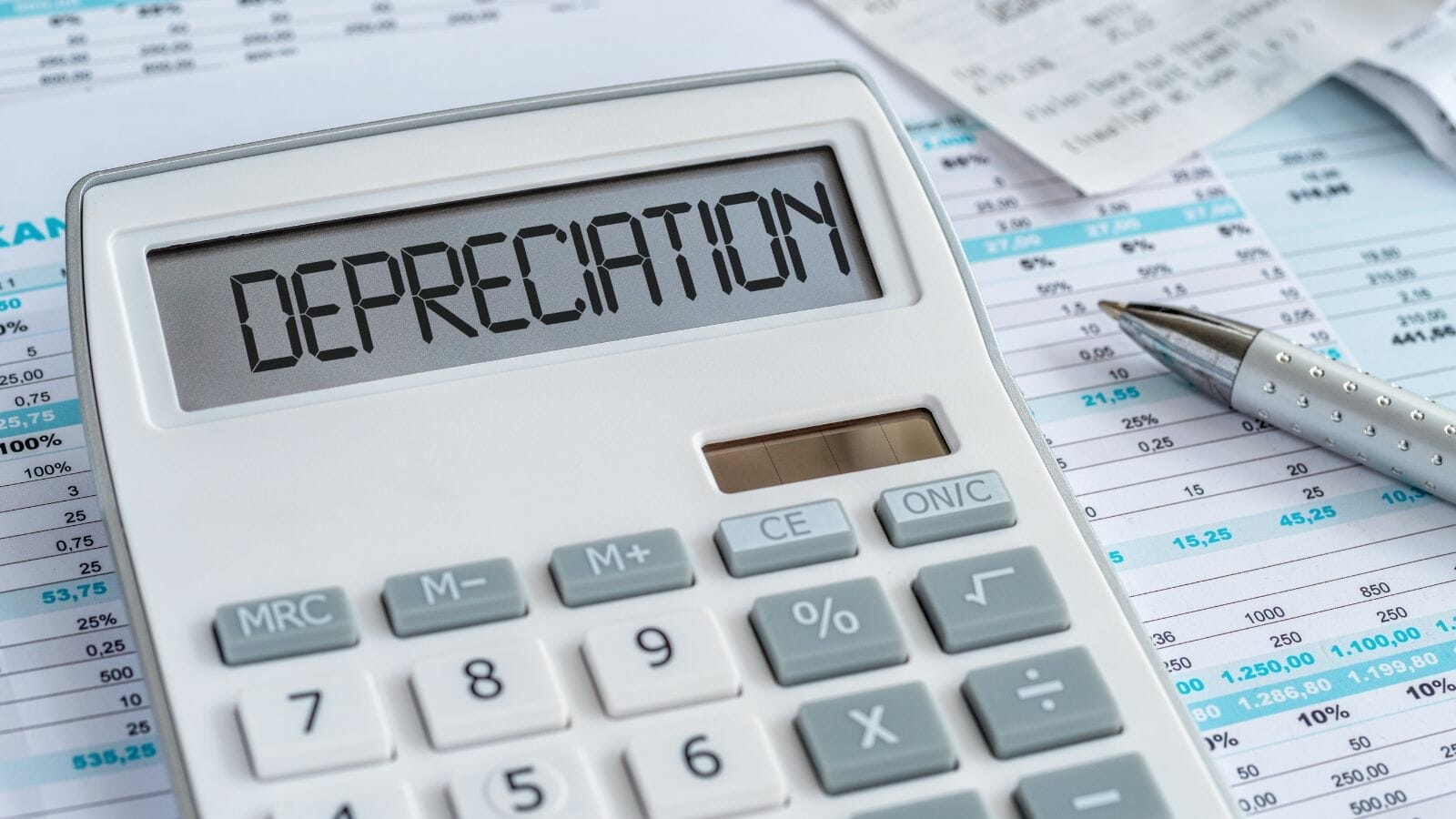Updated 8/7/2023
Buying businesses and equipment for operations is a part of business, and using depreciation and amortization is how companies account for those purchases.
Many have written about the benefits or harm done by considering depreciation and amortization a “non-cash” expense. Some consider these items non-cash because we add them back to earnings to calculate free cash flow, while others consider it an expense. After all, you spend actual cash on the purchase.
With the rise of intangibles and occupying more assets of a company’s balance sheet, we need to understand their impact on revenues and their pay for that growth. Investments in hardware are investments, as is buying a business to enhance your products. And how we account for that working capital is important to understand the company’s path to increased revenue growth.
In today’s post, we will learn:
- What are Depreciation and Amortization?
- What is Depreciation and Amortization on the Income Statement?
- The Importance of Amortization
- Cash Flows and the Impact of Depreciation and Amortization
Okay, let’s dive in and learn more about depreciation and amortization.
What are Depreciation and Amortization?
Buying business assets such as buildings and computers or acquiring another business is a natural part of doing business—expensing those items over some time, depending on the asset’s useful life.

Depreciation and amortization are the two methods available for companies to accomplish this process. Companies can use both methods to calculate and expense the asset’s value over a set period.
Another benefit for the companies is tax deductions, depreciation, and amortization, helping reduce the company’s tax liability.
Let’s look at each moment before the impact on the business.
Depreciation
Depreciation is expensing a fixed asset over a specified time frame or its estimated useful life. For example, when you buy a truck for the delivery business, the company determines how long it will last and then expense it over that period.
Fixed assets are tangible items or items you can physically touch. Some common fixed assets you will see expenses:
- Equipment
- Buildings
- Vehicles
- Land
- Machinery
- Office equipment
Because many fixed assets have value beyond their useful lives, companies calculate the depreciation less the end value, often called salvage. For example, if you buy a truck for $10,000 and determine at the end of its useful life, you could sell it for $1,000. Then the company would depreciate the value based on the $9,000.
The company’s tax benefit is from the yearly depreciation expense until the asset’s useful life ends.
Depreciation expenses come in different flavors, but straight-line is the most common. The easiest way to think of this is expensing the asset’s value over a fixed number of years; for example, if we expense the value of our truck over nine years, we have an expense of $1,000 a year.
We are not accountants, so we don’t need to understand the ins and outs of depreciation from an accounting view; instead, we must understand how a company handles fixed asset purchases. Luckily for us, most companies list on their financials, 10-k or 10-q, how they account for depreciation; in most cases, it is straight-line.
For a much deeper dive, check out this post that explores the topic:
The Basics of Depreciation in the Income Statement and Balance Sheet
Amortization
Amortization focuses on the intangible assets of a company. And like depreciation, it creates a schedule of expensing the value of the assets over a life of usefulness. Unlike fixed assets, intangible assets remain intangible because we can’t touch them. Common examples of intangible assets:
- Trademarks
- Copyrights
- Patents
- Cost of issuing bonds to raise money
- Franchise agreements
Unlike depreciation, when calculating an intangible asset’s useful life, we have no salvage value of a trademark, for example. Imagine Nike not using their trademarked “swoosh” at the end of its useful life; not going to happen.
Like depreciation, amortization utilizes a straight-line method, meaning the company calculates the expense in a fixed amount over the useful life. For example, if they determine the value of the patent remains ten years, then the company expenses $10,000 at $1,000 a year.
For example, additional methods of expensing business assets remain common in the oil industry. It is depletion, which uses a method of depreciating an oil well based on its useful life.
Accounting rules consider both depreciation and amortization as non-cash expenses, which means that companies spend no cash in the years they are expensed.
What is Depreciation and Amortization on the Income Statement?
Depreciation and amortization remain non-cash expenses, as mentioned above, and they occur on the income statement and balance sheet. Both depreciation and amortization appear on the income statement, but they won’t always list as separate line items.

Let’s look at a simple example to illustrate how the items work and their impacts on the income statement. The accounting for both depreciation and amortization is essentially the same, and for our example, I would like to look at the amortization of goodwill. Goodwill is typically used to expense the purchase of a business.
When a company buys a company, it lists the purchase price of the company as goodwill. Let’s say the company buys a company for $15,000. That means we increase the goodwill asset on our balance sheet with no corresponding adjustment on the income statement.
Over the next fiscal year, the company will start recognizing the amortization expense for the purchase, representing the gradual decline in the asset’s value. Now on the income statement, that expense is not for our acquisition’s full purchase price but an incremental cost calculated from our straight-line accounting.
To calculate the yearly expense for the company’s purchase, the company first determines the likely useful life of that acquisition. In our example, we will assume a useful life of seven years. And to calculate the yearly expense, we divide the purchase price by the useful life, which gives us a value of $2,143.
That $2,143 will be the amortization expense the company recognizes on the income statement over the next seven years. The same idea applies to depreciation, except for calculating depreciation with a salvage value at the end of the period.
Let’s examine how this plays out on the income statement and the balance sheet.
Year | Amortization Expense | Original purchase price | Accumulated Amortization | Net Book Value |
Purchase | $2,143 | $15,000 | $0 | $15,000 |
Year 1 | $2,143 | $15,000 | $2,143 | $12,857 |
Year 2 | $2,143 | $15,000 | $4,286 | $10,714 |
Year 3 | $2,143 | $15,000 | $6,429 | $8,571 |
Year 4 | $2,143 | $15,000 | $8,572 | $6,428 |
Year 5 | $2,143 | $15,000 | $10,714 | $4,285 |
Year 6 | $2,143 | $15,000 | $12,857 | $2,142 |
Year 7 | $2,143 | $15,000 | $15,000 | $0 |
Notice that each year the income statement sees an expense of $2,143, which offsets the balance sheet’s accumulated amortization increases, reducing the amortization’s net book value. The above chart perfectly illustrates straight-line amortization and its effect on each year’s income statement.
Remember that both amortization and depreciation occur on the income statement and balance sheet each year, and they are considered non-cash expenses in accounting terms. For example, in our example above, the company doesn’t write a check each year for $2,143. Instead, depreciation and amortization represent the reduction in the economic cost of the asset over time.
But, because these are not “real” cash expenses yearly doesn’t mean we shouldn’t understand their importance.
For example, if the above examples purchase is critical to the business, it might need to be augmented as the technology adapts or is improved and needs to be replaced. That replacement cost is a real expense, even if it only does it every ten to fifteen years.
The Importance of Amortization
One of the biggest shifts in the economy is the rise of intangible assets such as software, data, and subscription (SaaS) businesses growing in the market. While the shift from fixed to intangible assets has been swift, the accounting changes have not followed suit.

Twenty years ago, fixed assets were the leading generators of revenues for companies. Think of the leading companies, such as IBM, Exxon, and GE, which were all heavy in fixed assets, such as machinery, plants, and raw materials, that the companies turned into revenues.
Today, intangibles, especially tech companies, drive the bus. The new kid on the block is intellectual property, such as software, patents, data, and customer franchises.
Consider that intangible in 1975 made up 14% of assets, and today it is 84%!
Here’s another tidbit, looking at Visa’s balance sheet, we see that intangible assets and goodwill make up half of the company’s assets, where Net PPE is less than 4%. Typically Net PPE, which comprises mostly fixed assets, is much higher.
How has this impacted the financials of companies? Accounting has been slow to change. It has made accounting for intangibles less relevant because they expense the cost immediately instead of capitalizing them over a period, such as fixed assets.
Research and development fall into the same category, which has been slow to change. For many companies, such as Intel, it is unquestionably an investment in future growth whose impact is unlikely to be felt for years.
By expensing these intangibles instead of amortizing them, accounting rules don’t assume that investment has any value in the future. Think about all the money that Intel spends on R&D; imagine that one day it creates a semiconductor chip that leads to a revolution in computing power that has value in the future, but Intel doesn’t get any credit today for that value.
Examples
Let’s consider an example to illustrate this idea:
Take two companies, OE and NE, of which OE is more fixed asset orientated, and it invests $10 million in a factory with machinery to produce wrenches. OE believes its factory has a useful life of ten years and depreciates its factory by $1 million yearly. So in the first year, OE expenses its earnings by $1 million for this investment, with the remaining $9 million on the balance sheet.
Now, let’s look at NE, which represents the intangible focus. NE invests $10 in R&D to create software. NE’s software will serve the company well for years, but NE will have to expense it in year one per GAAP accounting. That means that NE will see a hit to its earnings of $10 million and zero impact on the balance sheet. The NE buys a subscription business that continues generating revenue of $10 million for many years. Again, the company expenses the purchase on the income statement without impacting the balance sheet.
The story helps highlight the weakness of GAAP accounting and the shift towards intangibles. It penalized companies that invest in growth via R&D or acquisitions by making their earnings irrelevant, artificially deflating earnings. And there is little to no buildup of assets on the balance sheet, again not reflecting the investments.
There is a growing movement among analysts to amortize or capitalize on some of these expenses, such as R&D, Sales and Marketing, and General and Administrative, instead of reducing earnings and adding them back to the cash flow statement. Analysts capitalize those costs and add them to the corresponding bucket on the balance sheet.
It is a bit more complicated than that, it’s an article for a future day, but the concept remains simple. Instead of reducing earnings in one fell swoop, we amortize these investments over longer periods to help show the full impact of those investments.
Understanding the impact of intangibles on the income statement and balance sheet and how to account for them will gain more relevance as time goes on. I predict we will see changes to the accounting rules soon to reflect these economic changes.
Cash Flows and the Impact of Depreciation and Amortization
Depreciation and amortization are accounting measures that help capture the value of fixed and intangible assets on the balance sheet and the expensing of those assets over longer periods. Unlike the intangibles we discussed above, the impact on the economics is spread over time instead of reducing earnings in the purchase year.

Because depreciation and amortization are expenses that reduce a company’s earnings each year, we need to add that back to the company’s cash flow statement.
Think of it this way; the income statement doesn’t represent actual cash paid or received in the company’s bank accounts. Instead, they are accounting methods to help illustrate the company’s economic position.
Depreciation and amortization don’t negatively impact the operating cash flow of a business because those expenses from the income statement are added back to the net income or earnings of the business. Because they are non-cash expenses, no cash leaves the business in the operating section of the cash flow statement.
But when we move to the investing section of the cash flow, here is where the actual cash spent comes into play. Cash must be spent to buy the fixed or intangible asset before depreciation or amortization begins. The Investing section is where the cash paid for the asset leaves the company and where the assets increase on the balance sheet.
That is why most calculations for cash flows include adding back depreciation and amortization expenses to the net income and then subtracting Net PPE and acquisitions to find the free cash flow. Another cheater way to calculate free cash flow is to take Operating Cash Flow (CFO) and subtract Net PPE. Ultimately, both methods negate the impact of the expenses from the income statement and highlight the actual cash spent for the asset at the time of the purchase.
Investor Takeaway
Depreciation and amortization sometimes seem confusing, but once you understand the concepts behind the terms, they make much more sense. Both are methods for accounting for the purchase of assets that help generate revenue growth for the company. The main differences are determining if the asset is fixed (depreciation) or intangible (amortized).
The most common form of depreciation is a straight-line, similar to amortizing an asset, also straight-line. Both methods determine the asset’s useful life and divide the purchase price by that useful life to determine the annual expense.
But, as we discussed earlier, the rise of intangible assets in companies such as Visa, Shopify, and Facebook. The accounting rules must adapt to reflect the value created by those companies’ investments. For example, Facebook recently announced that over a fifth of its workforce focuses on developing VR (virtual reality) tech and products.
Those are unquestionable investments in the future growth of Facebook and will have a real economic cost, but current accounting rules don’t allow for assigning any value to those investments.
Someday when those changes occur, amortizing those intangibles will take a bigger role in accounting and the value on the balance sheet and income statement.
And with that, we will wrap up our discussion on depreciation and amortization.
As always, thank you for taking the time to read today’s post, and I hope you find something of value in your investing journey. If I can further assist, please don’t hesitate to reach out.
Until next time, take care and be safe out there,
Dave
Related posts:
- Depreciation Expense: How to Decode Updated 8/7/2023 Depreciation is an accounting term that has a big impact on a company’s future profitability. It is a controversial topic because, as Warren...
- How Amortization of Intangible Assets Works; When it Unleashes Higher ROIC The amortization of intangible assets can sometimes be hidden in the consolidated financial statements because amortization is grouped in with depreciation. But as the economy...
- Capitalizing R&D Expenses: How to Do It and Its Effect on Valuation Updated 5/29/2023 Most valuation models begin with earnings to arrive at the cash flows, and when using this method, we assume that the earnings stem...
- Simple Income Statement Structure Breakdown (by Each Component) Updated 8/7/2023 The income statement is the first of the big three financial documents that all public companies must file. But what do we know...
